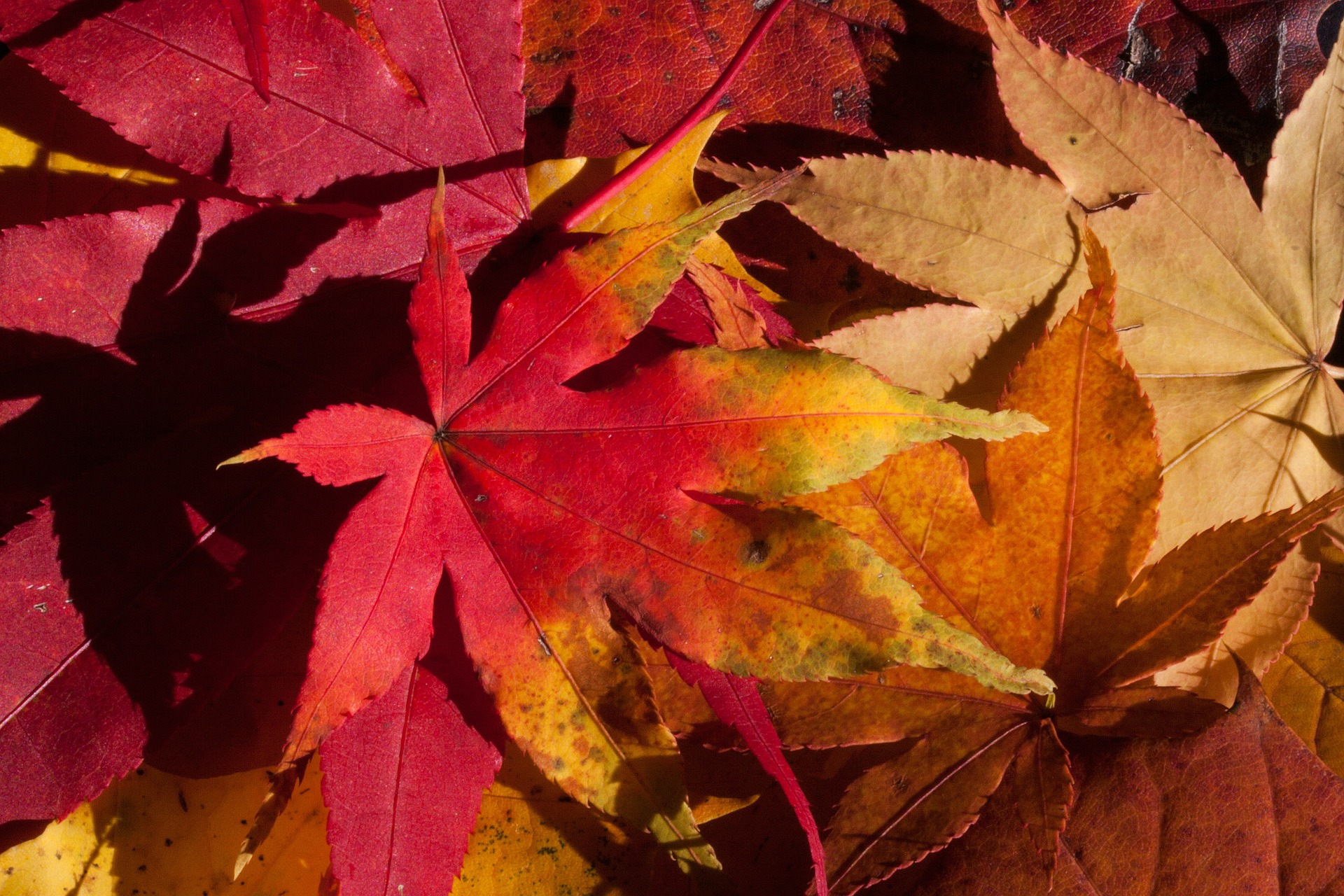Every fall, landscapes are covered in shades of gold, orange, and crimson. Yet one question remains: why do only certain tree species develop red leaves while others turn yellow? Researchers across disciplines continue to explore this seasonal mystery.
The Chemical Process Behind Color Change
In autumn, trees break down chlorophyll — the green pigment essential for photosynthesis — to reclaim vital nutrients like nitrogen before the leaves fall. When chlorophyll fades, yellow pigments that were always present become visible.
Red leaves, however, come from entirely new pigments that form just days before leaf fall. These compounds, known as anthocyanins, were not present earlier, as their combination with chlorophyll would have created a purple hue.
A Possible Protective Role
One leading theory, known as the photoprotection hypothesis, proposes that red pigments help shield leaves from excessive sunlight as photosynthetic activity declines. The anthocyanins may act as a natural sunscreen, preventing light damage and aiding in nitrogen recovery.
Evidence supports this idea: studies have found that yellow-leaf variants tend to retain more nitrogen after leaf fall than red-leaf ones. Moreover, tree species that coexist with nitrogen-fixing bacteria — which provide them with abundant nitrogen — rarely display red leaves, suggesting a link between pigmentation and nutrient efficiency.
Ongoing Debate Among Scientists
Despite decades of research, scientists have not reached full consensus. Only about 15 percent of tree species worldwide produce red leaves in autumn, raising questions about whether photoprotection is the sole explanation. The red hue of fall remains an enduring natural mystery — one shaped by biology, evolution, and environmental adaptation.







